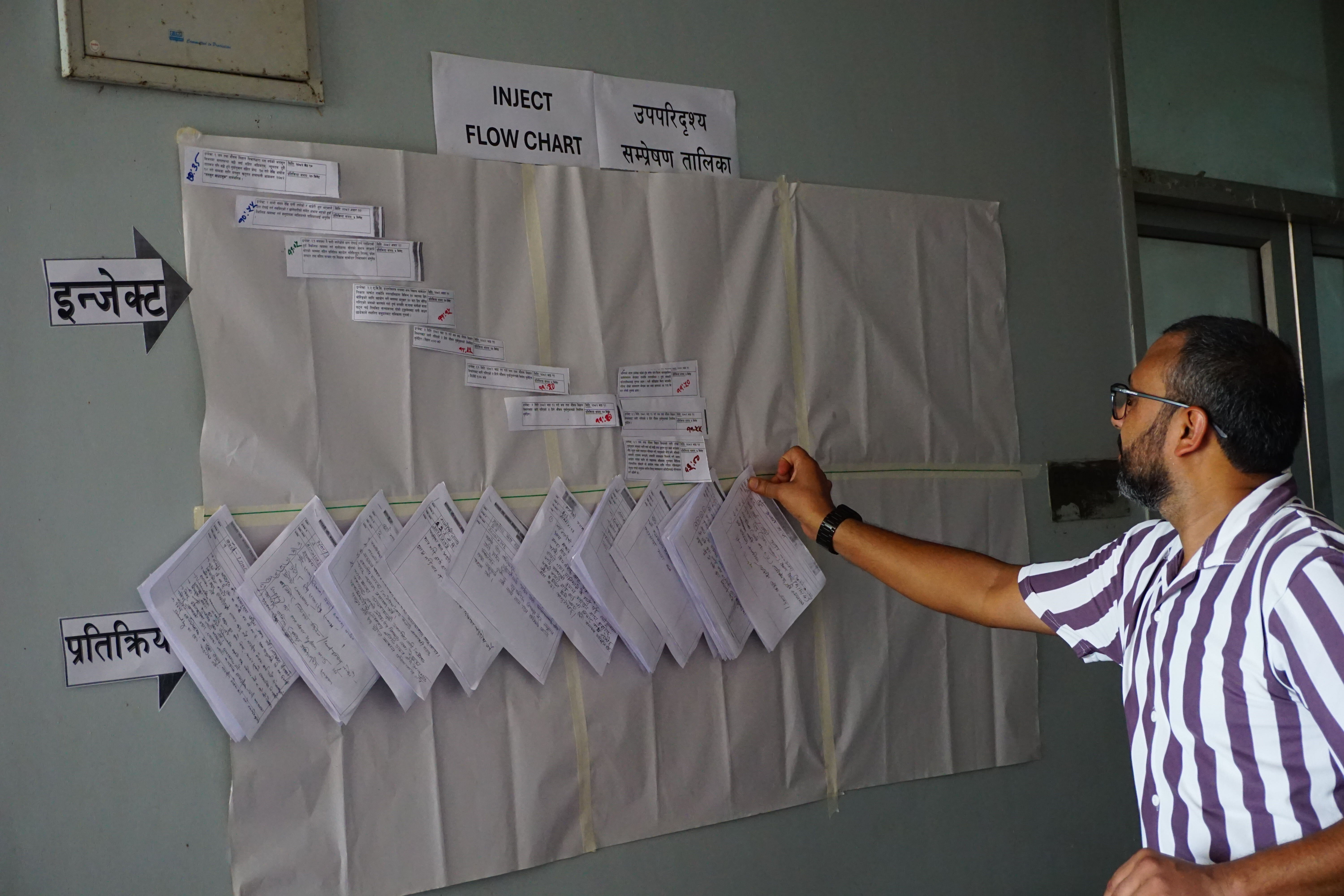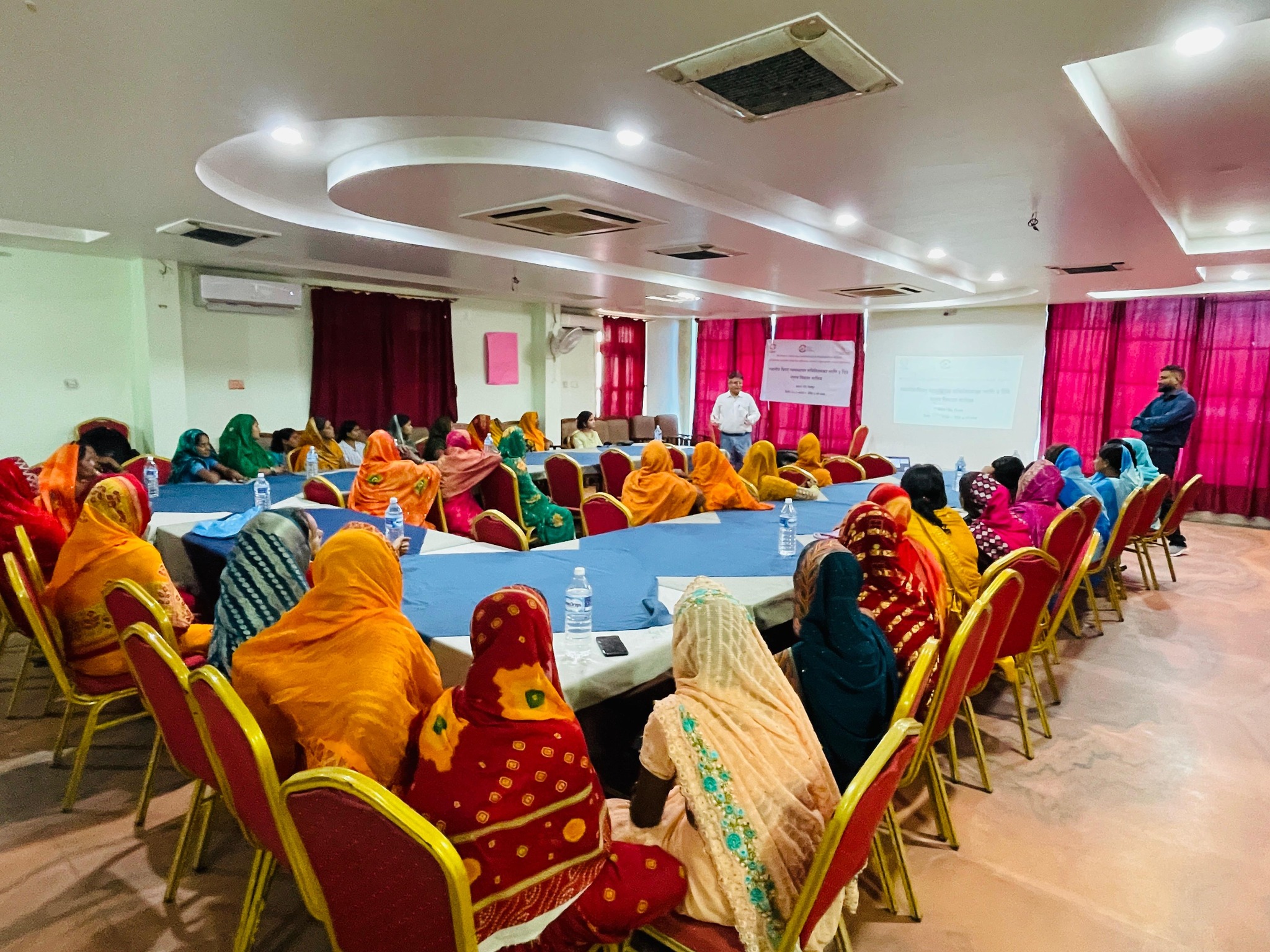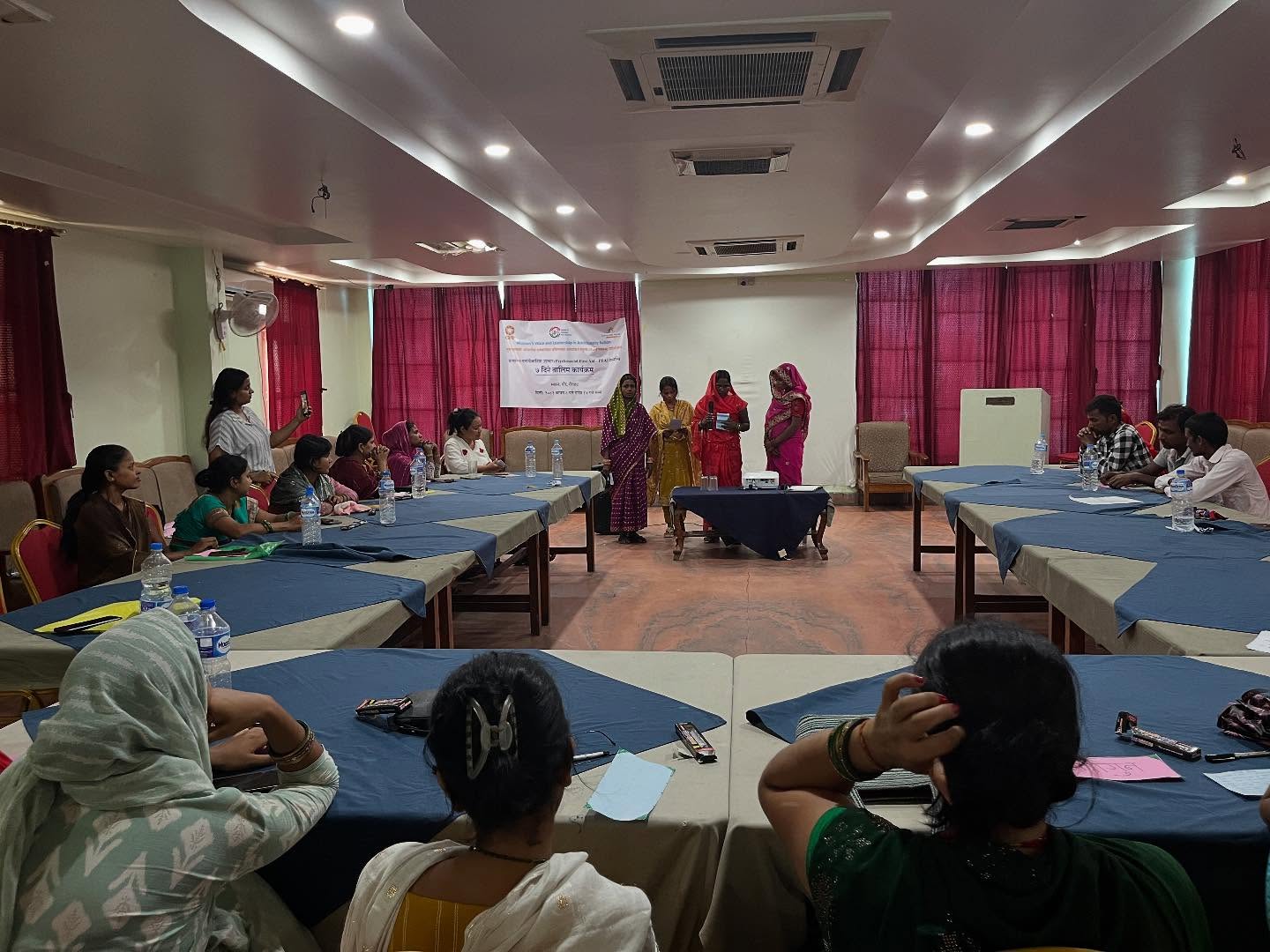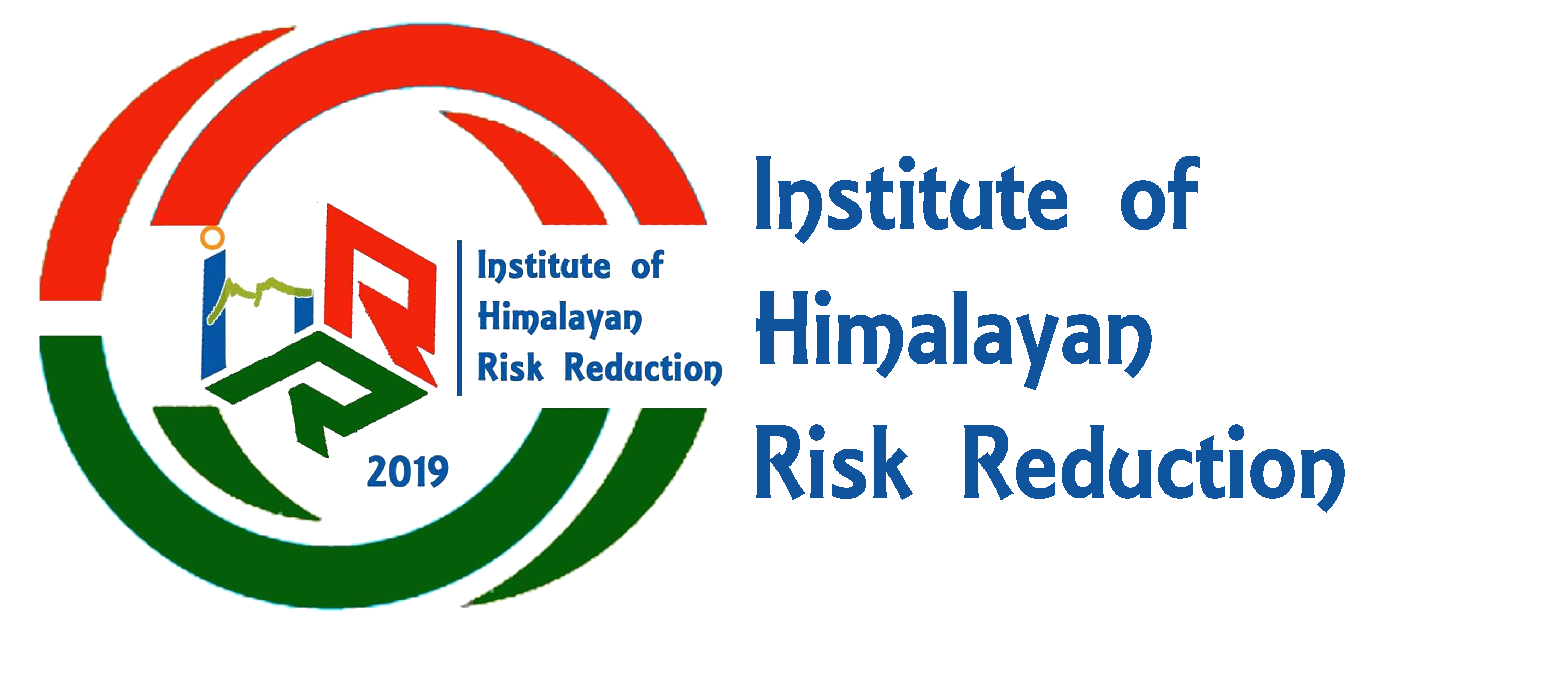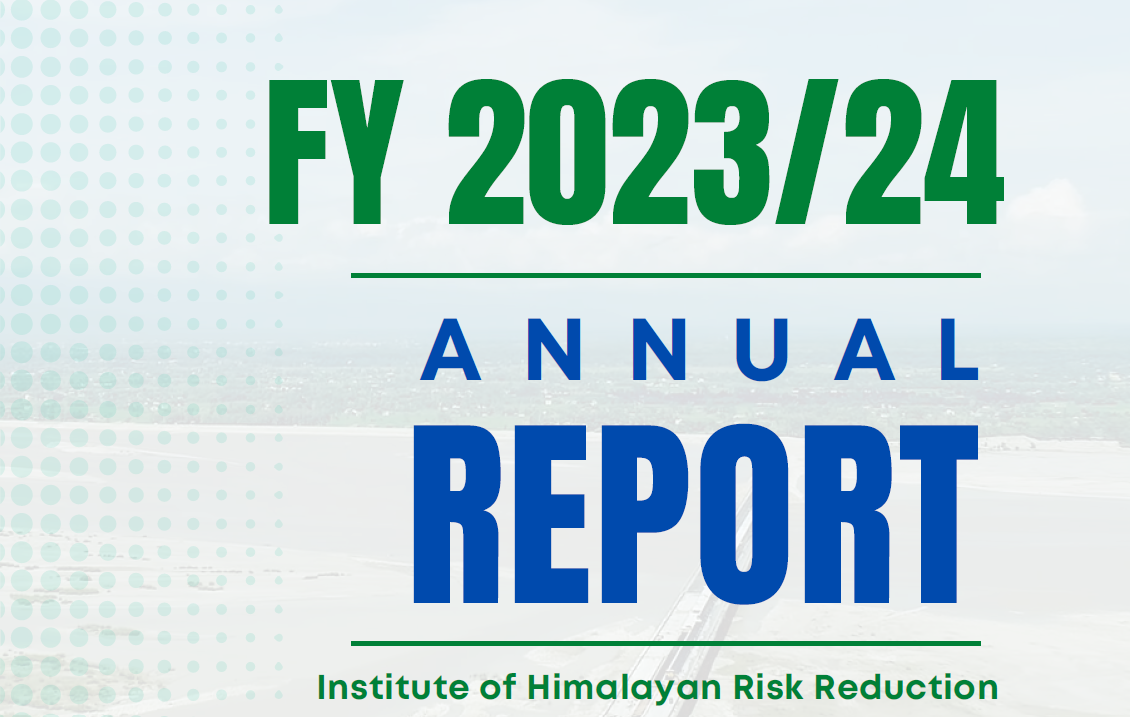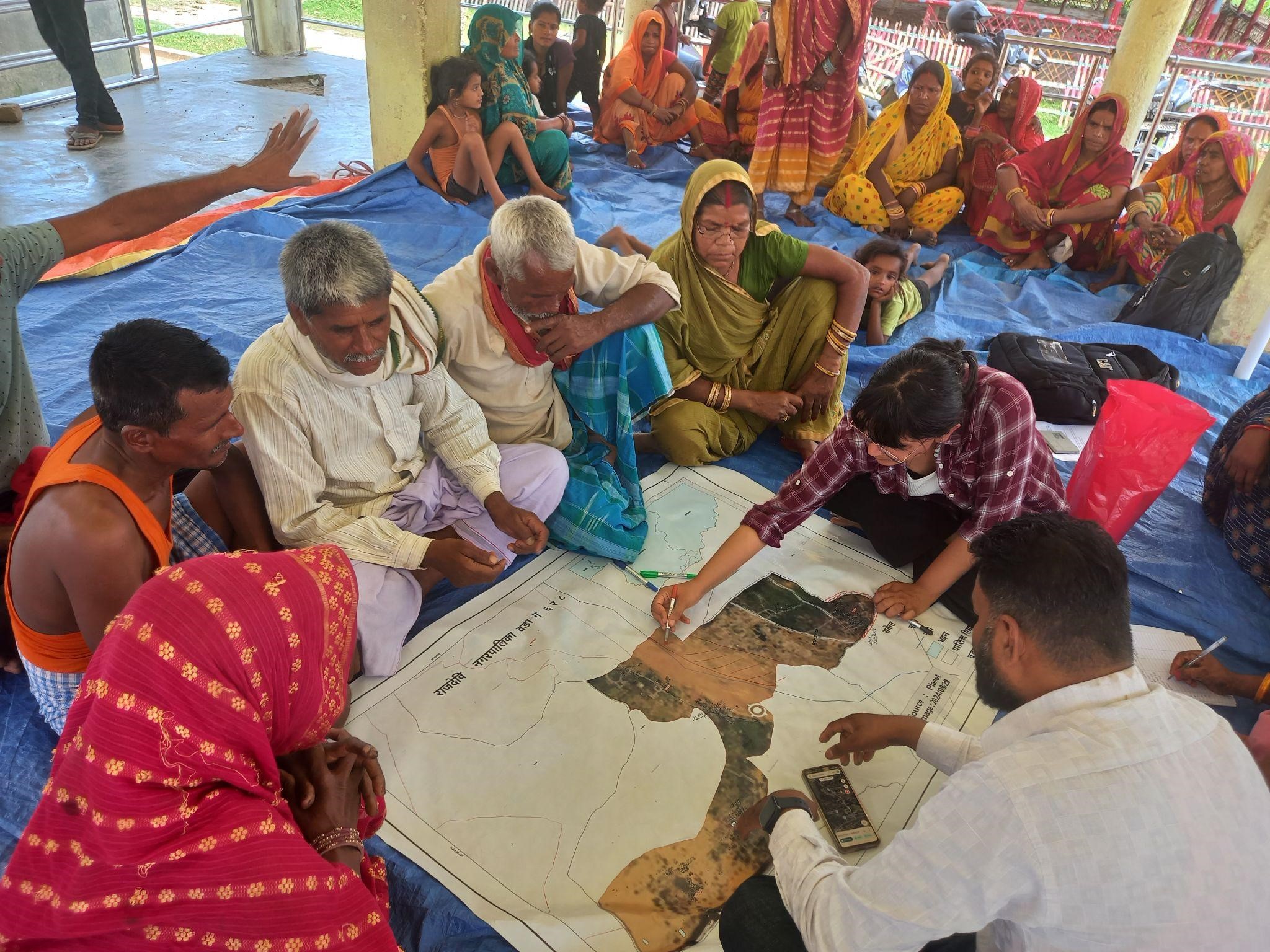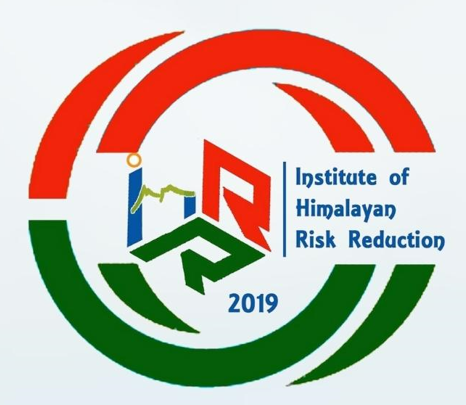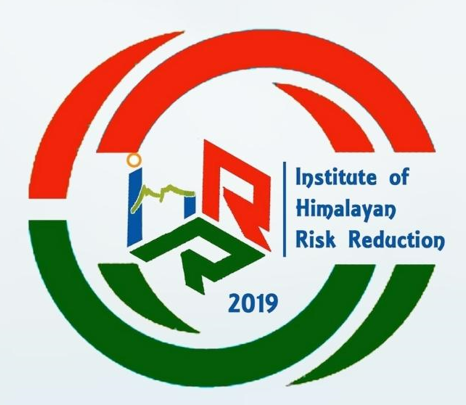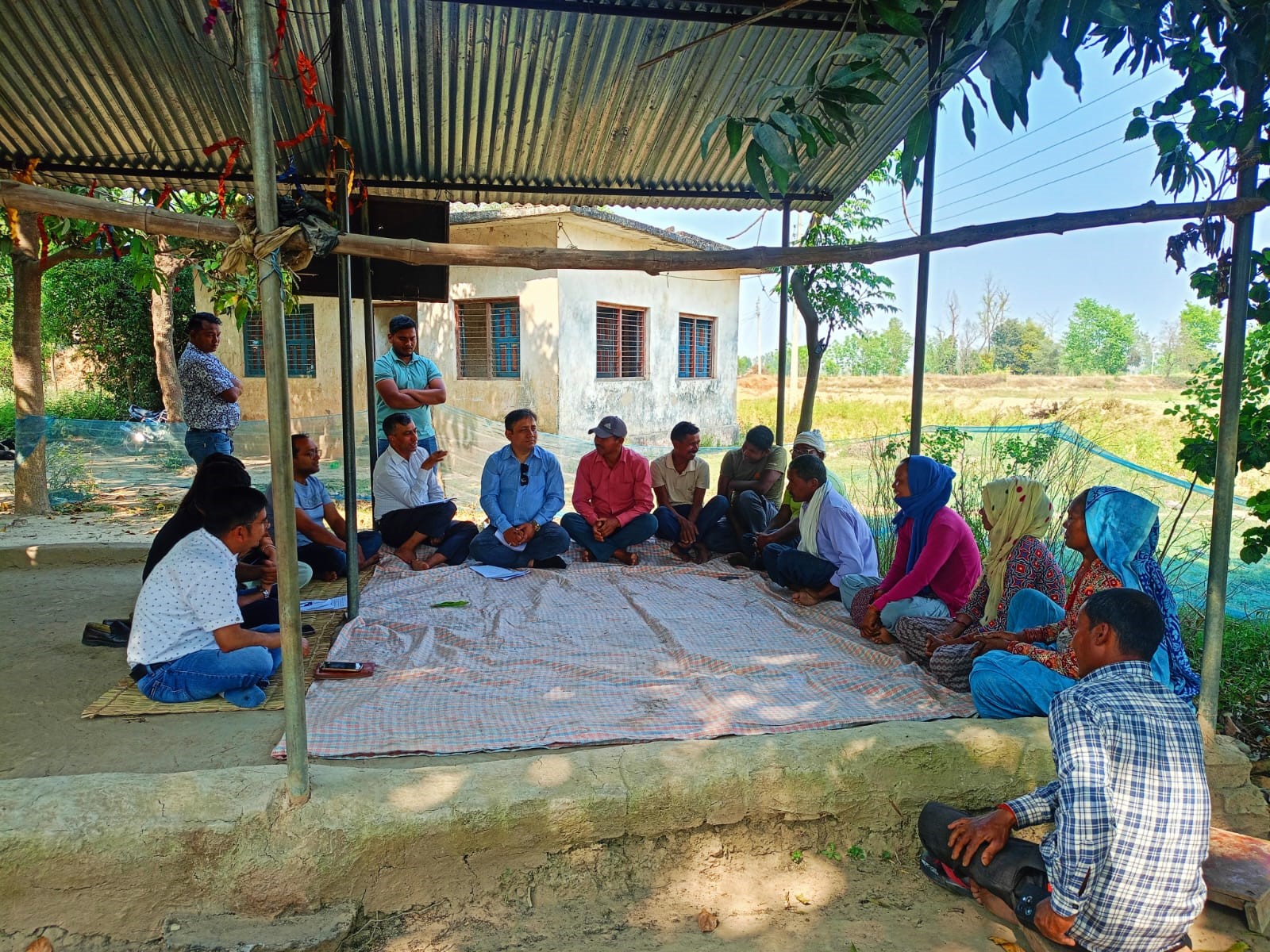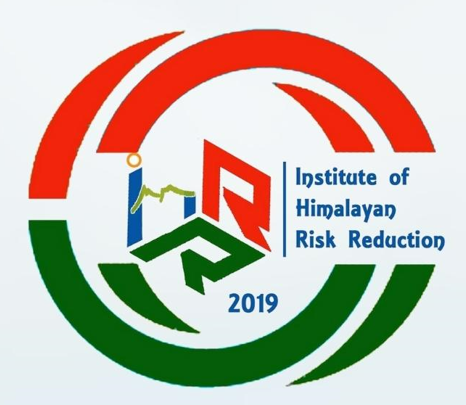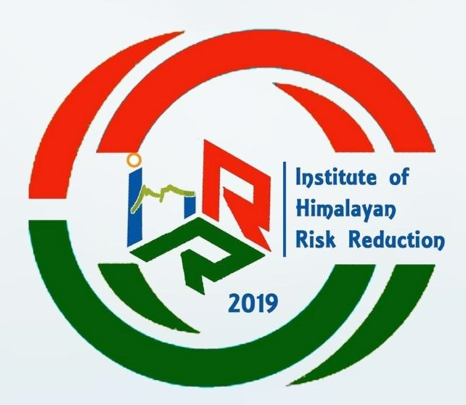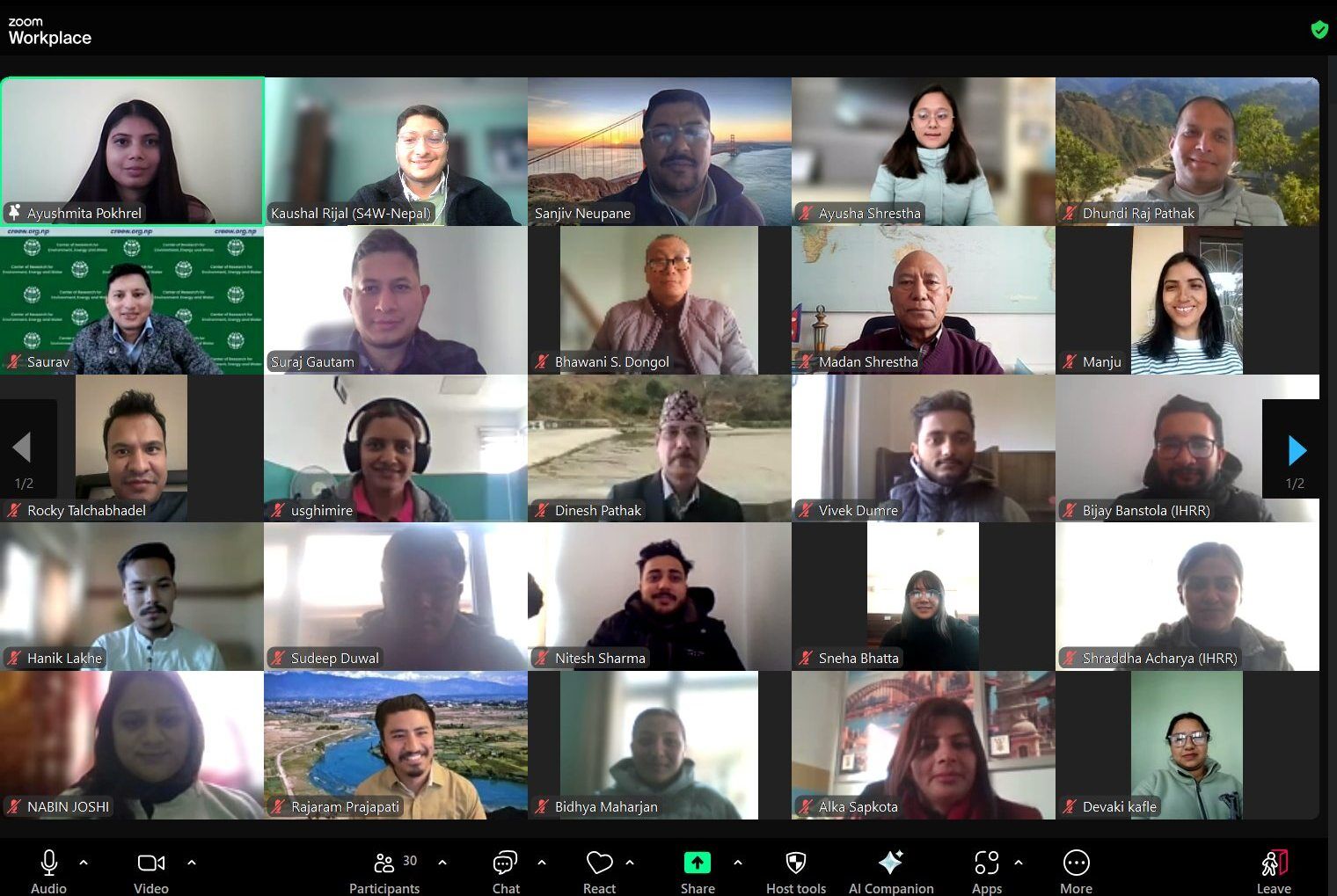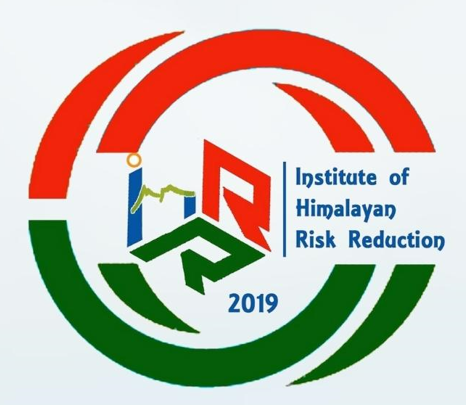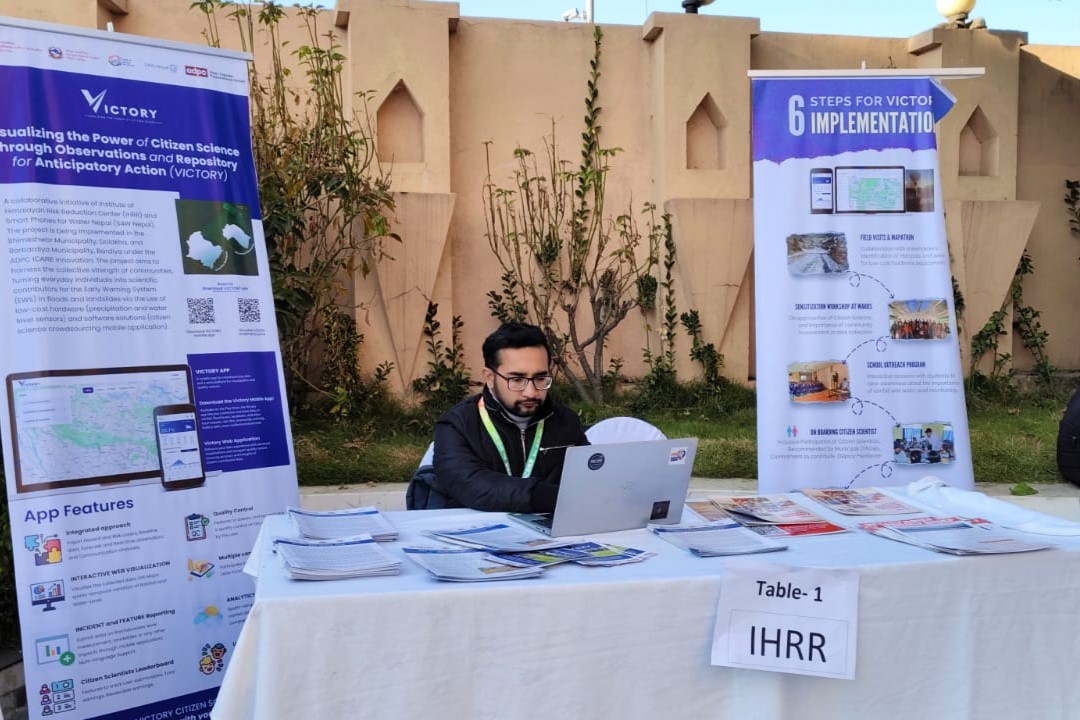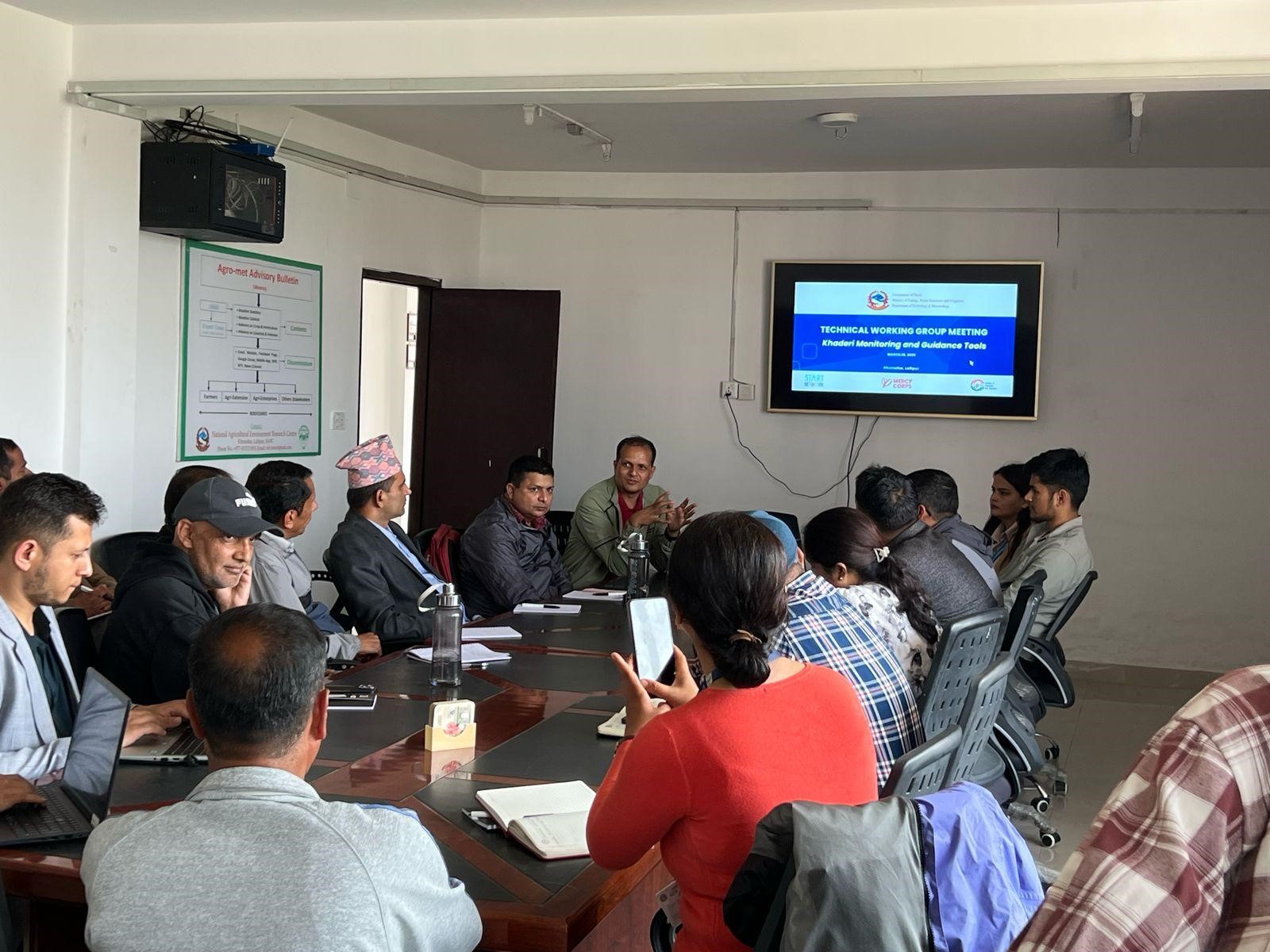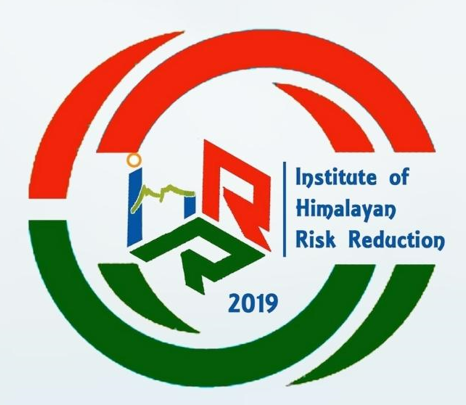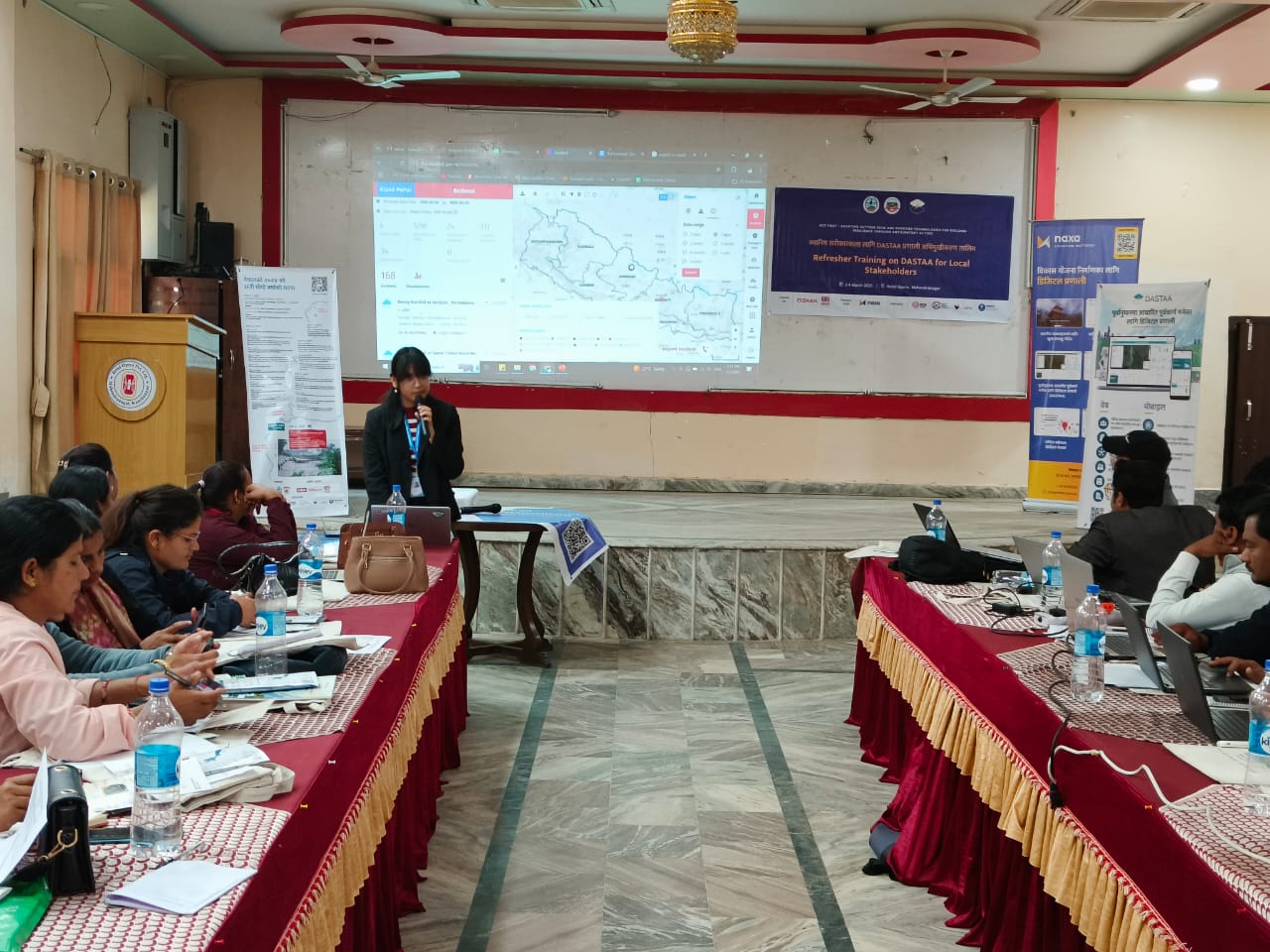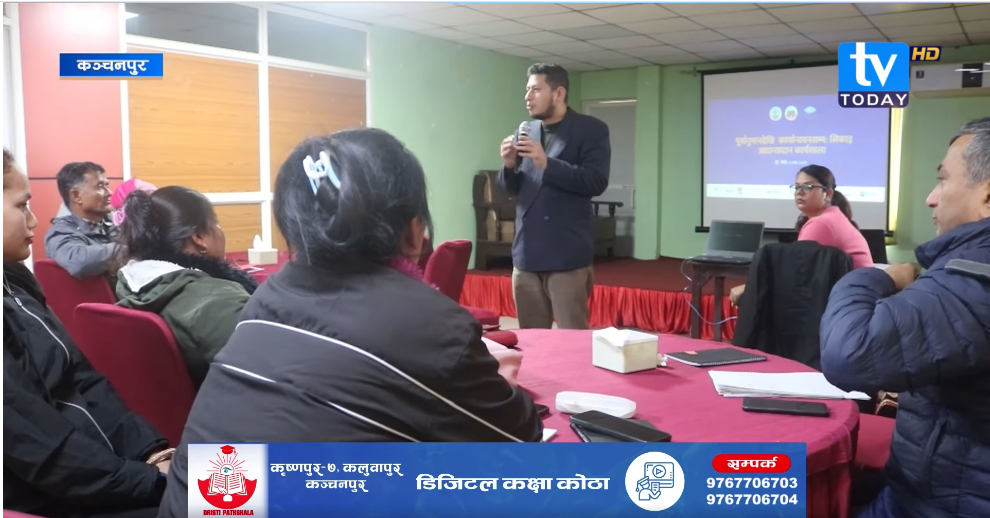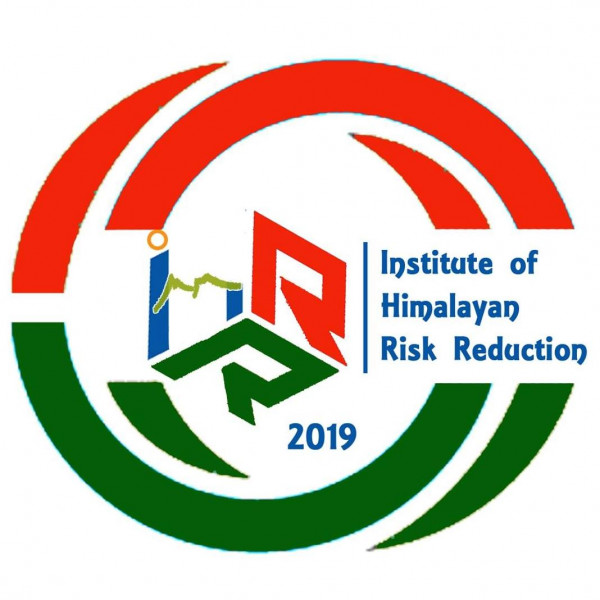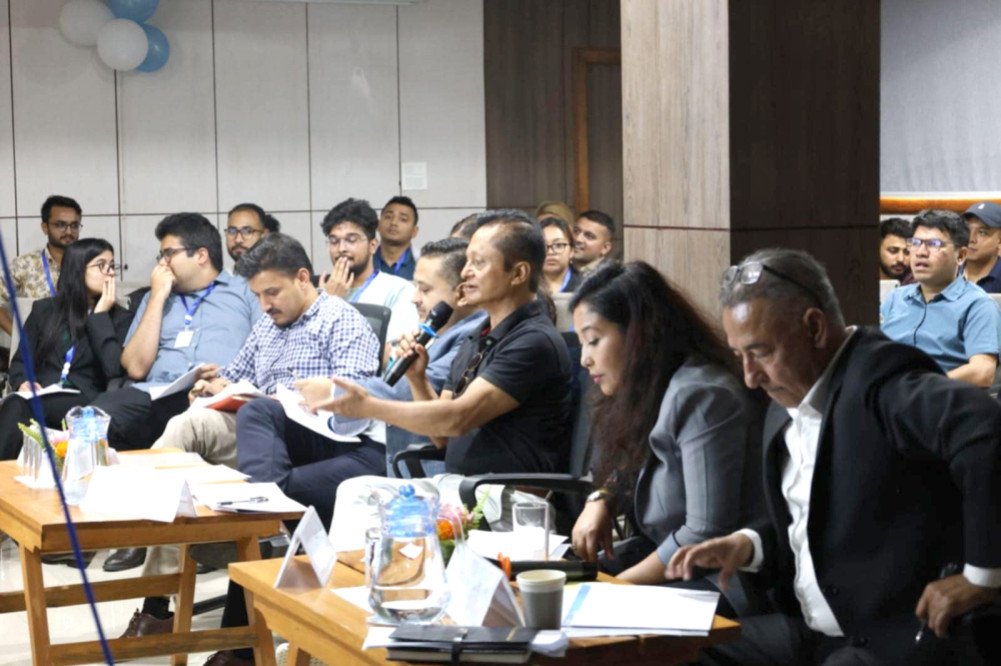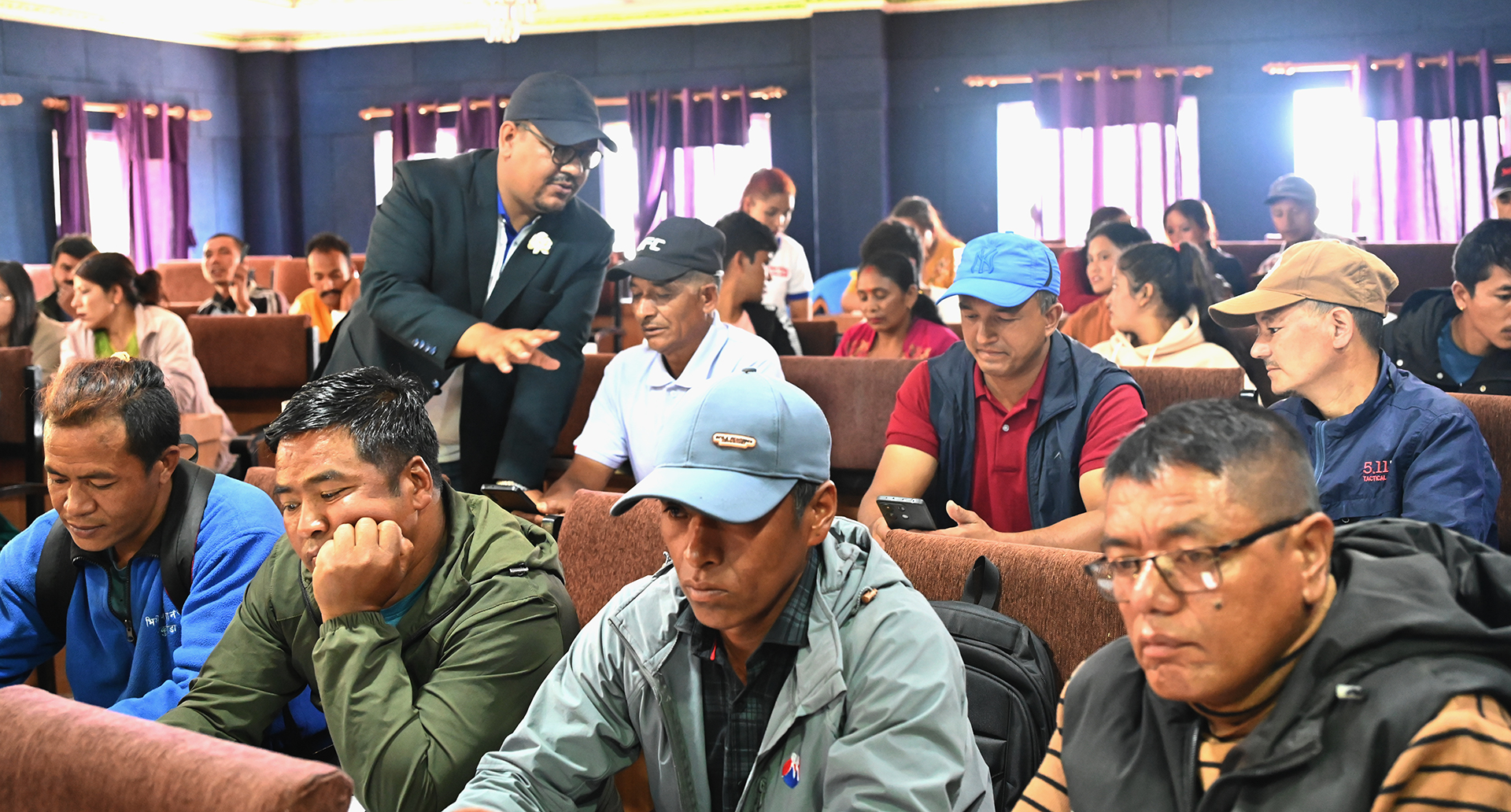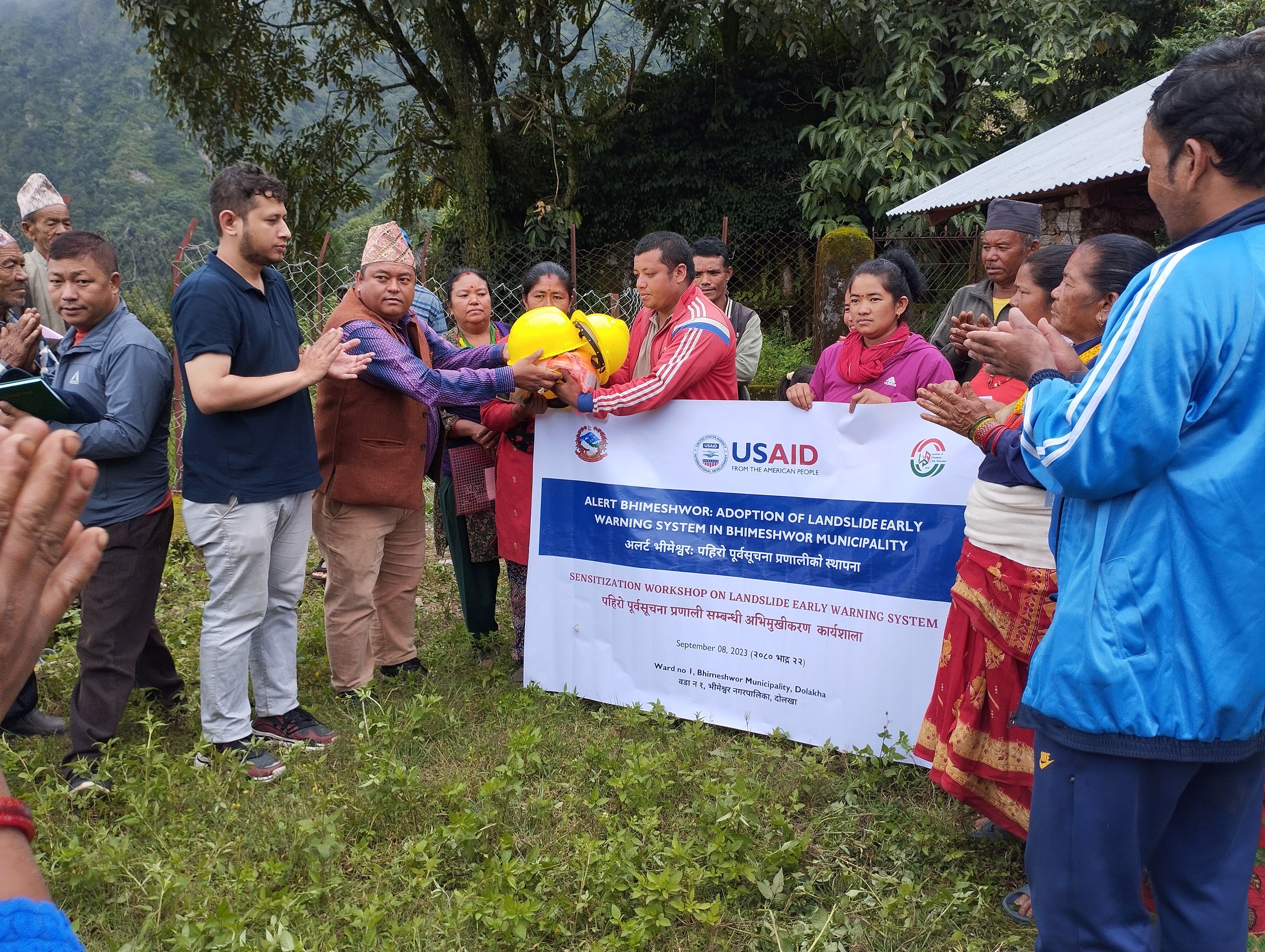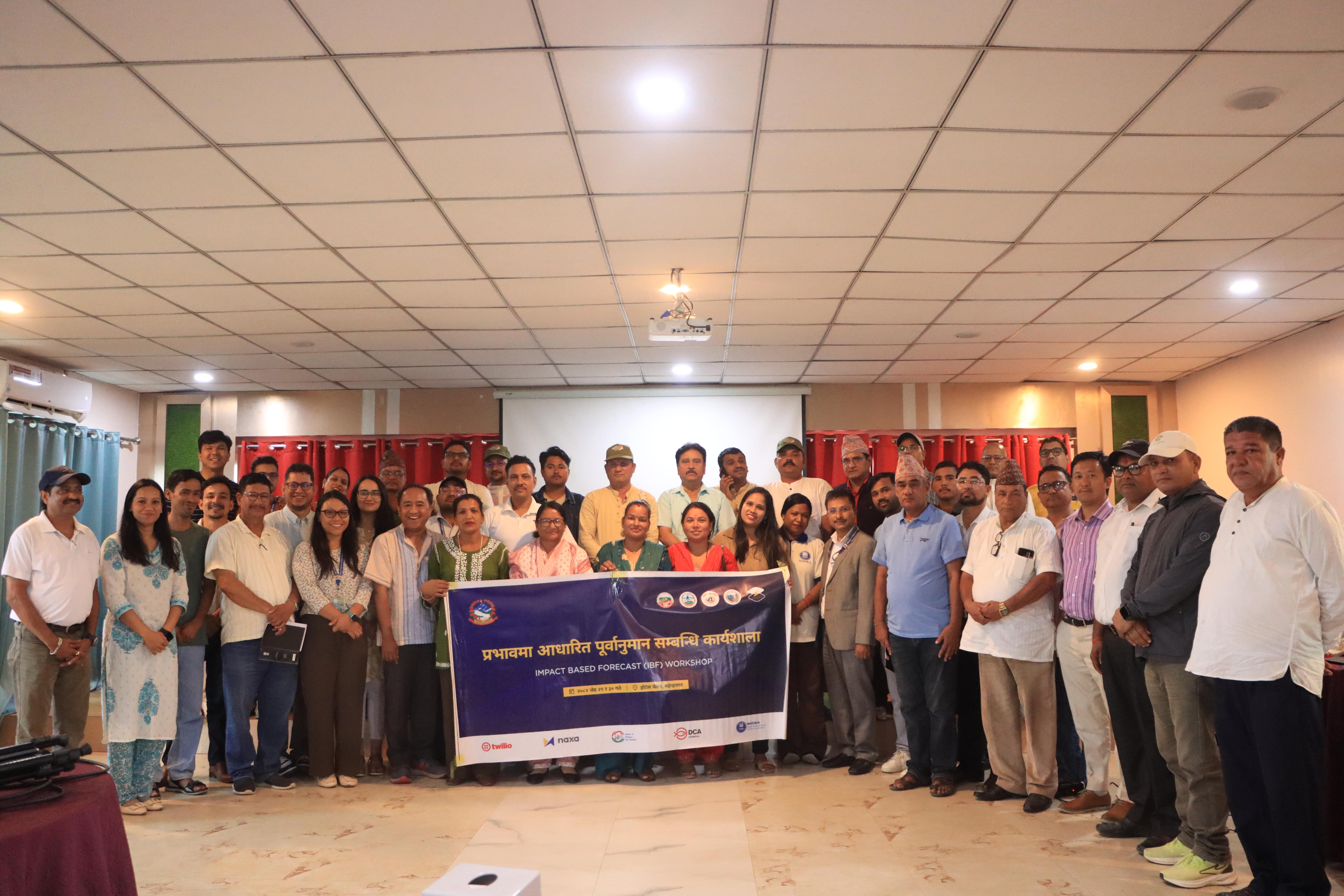
IHRR
Jun 15,2025
12-13 June 2025. The workshop focused on the importance of Impact-Based Forecasting (IBF) systems in reducing damages caused by floods, landslides, and other disasters during the monsoon. IBF helps link weather information with potential impacts to provide more actionable and effective early warnings.
Under Secretary of the National Disaster Risk Reduction and Management Authority (NDRRMA), Mr. Bednidhi Khanal, highlighted that such workshops play a crucial role in guiding pre-disaster actions, reducing post-disaster impacts, and enhancing community safety. He also informed participants about the ongoing preparedness efforts and steps taken to strengthen the early warning systems for this year’s monsoon.
The event witnessed active participation from local government representatives, disaster focal persons, department heads, officials, leaders from (Community Disaster Management Committee) CDMCs from the Department of Hydrology and Meteorology (DHM), and representatives from Institute of Himalayan Risk Reduction, NAXA Pvt. Ltd, DCA in Nepal, abd NNSWA.
Meteorologist Binu Maharjan from DHM delivered a technical presentation emphasizing the significance of IBF. She explained the use of weather bulletins, forecast systems, and how timely and correct use of such information can reduce human and physical losses. She stressed the need for accurate and timely information for decision-making during disasters.n
Mr. Dinesh Gurung, Manager at DCA, emphasized the importance of technical knowledge for risk analysis and preparedness at the local level. He further stressed that given the above-average rainfall projections by DHM, municipalities in the Mahakali River Basin (Bhimdatta, Parshuram, Dodhara Chandani) and Chaudhar River Basin (Bedkot) should pay special attention to preparedness and develop effective disaster risk reduction plans.
Mr. Rajkumar Sunar, Resilient Project Coordinator at NNSWA, emphasized the need to empower and build the capacity of local communities for effective disaster risk reduction. He stated that without active community participation, no disaster management plan can be successful.
Similarly, Ms. Biddya Bhandari, representative of Naxa Pvt. Ltd., highlighted the critical role of local communities and stakeholders in disaster preparedness. Mr. Sudarshan Hamal, Program Manager at Naxa, presented how risk mapping and the use of geospatial technologies can help identify vulnerable areas and enhance preparedness.
Mr. Suraj Gautam, Executive Director of IHRR, stressed the importance of collaboration and coordination in the anticipation of disasters, noting that only through strong coordination among stakeholders can the damage caused by disasters be minimized.
Meteorologist Manisha KC from IHRR reviewed the outcomes and discussions from a similar workshop held last year. She reflected on how lessons from past experiences can inform more effective planning for the future.
Overall, the workshop is expected to significantly contribute to strengthening monsoon preparedness and reducing potential disaster risks in the vulnerable municipalities of Kanchanpur and Dadeldhura.
